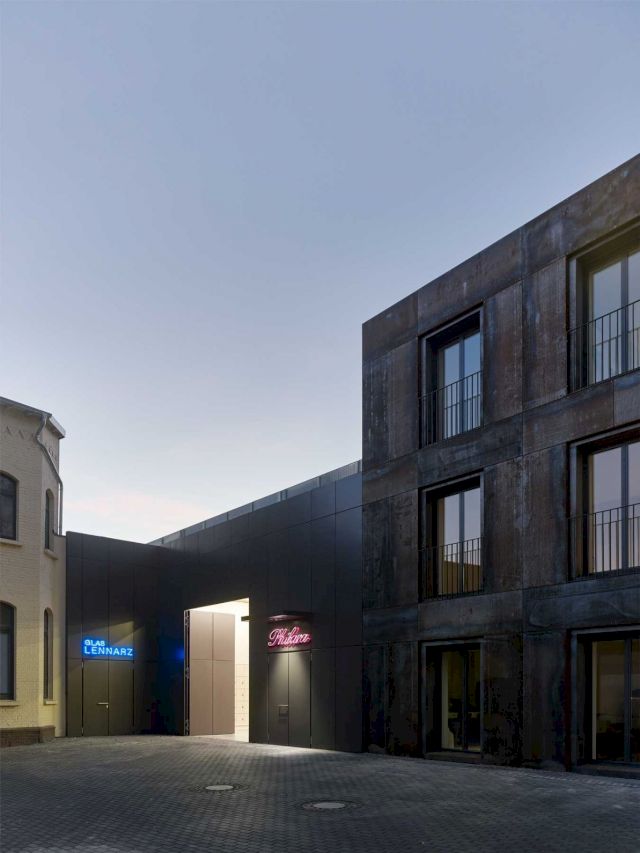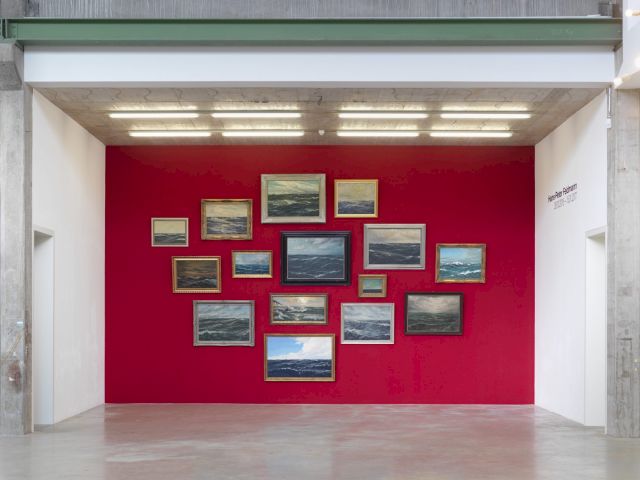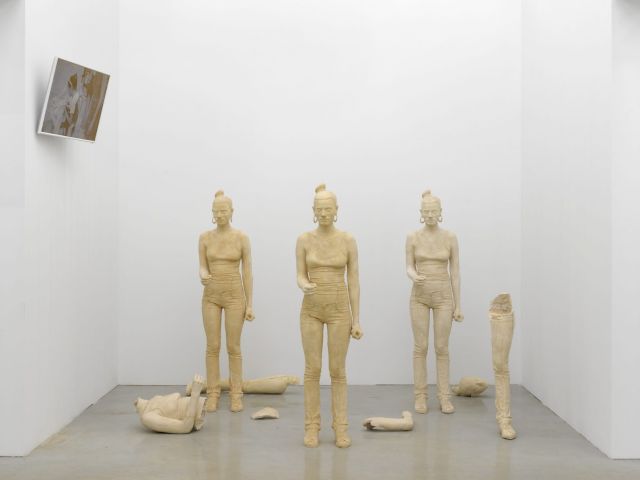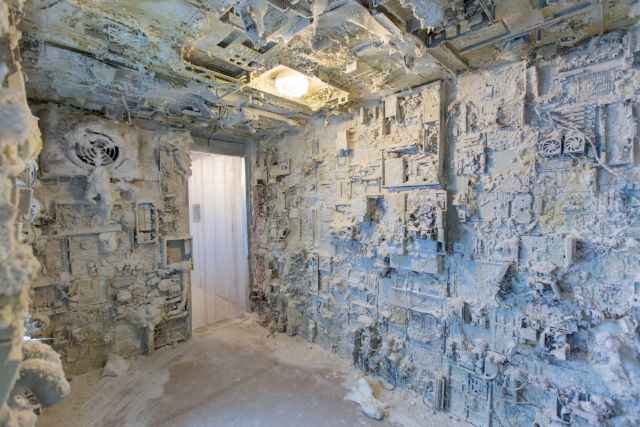Independent Collectors
Philara Collection
Since the mid 1990s, Gil Bronner’s collection has grown to more than 1 400 works

The Philara Collection in Düsseldorf can take a visitor by surprise in a number of ways. This is as true of the building that houses the collection as of the works it contains.
Tucked away in a courtyard off Birkenstrasse, a street in the eastern part of the city where a number of small galleries have sprung up between the coffee shops and quality Turkish bakeries, one could be forgiven for walking past the Philara Collection without noticing – I speak from experience. Once you make the correct turn into the courtyard, the building itself will stop you in your tracks. The collection’s home is an erstwhile glass production facility that was reimagined by the firm, Sieber Architects; the results are spectacular, not least in the ways in which the glass in the building is used to integrate the surroundings of the collection into the visual ecology of the space. Trains crossing the nearby railway bridge disappear into mirrors, such incongruities are hallmarks of the ethos behind the collection.
The Philara is the name given to the collection of Gil Bronner, which has, since the mid 1990s grown to more than 1 400 works. Bronner’s project spans media and form, encompassing works from recent history as well as looking ahead into the future of art in the Rhineland and beyond. Over its lifetime, the collection has shown exhibitions by a diverse range of local and international artists. Notable shows have included works by Alicja Kwade, Kris Martin, Friederich Kunath, Jorge Castillo, and the searing work of the Russian photographer, Boris Mikhailov.
Entering the gallery myself and finding Nicolas Guagnini and Leigh Ledare’s work Ana and Carl and Some Other Couples (2014) before me, which is constituted in part by a collection of volumes of major works of philosophy with their covers and contents chopped and swapped, I was reminded of the lines from Walt Whitman’s “Song of Myself”: “I am large, I contain multitudes”. Guagnini and Ledare’s work, referencing the aesthetic of Carl Andre and his marriage to Ana Mendieta, for whose death Andre is widely believed to be responsible (which he denies), itself evokes multitudinous levels of interpretation, but ambition is not something for which the Philara Collection wants. When I visited, an engrossing and wide-ranging exhibition of Nevin Aldag’s work was taking place entitled “Social Fabric”. Aladag is an artist very much on the rise in Germany and “Social Fabric” offered a generous overview of Aladag’s multifaceted approach to materials, bringing together her “screen works” which resemble abacuses constructed with paving stones, strangely organic adventures with electronics cables, and a selection her signature fabric works.
One of the real delights of the Philara is the rooftop sculpture terrace. Making one’s way up the metal stairway leading to the upstairs galleries, the scale of the space again impresses itself on the viewer, galleries open onto galleries like matryoska dolls, and, when the viewer encounters the terrace, the space transforms yet again to something almost Californian in its scale and hauteur. Returning inside, the sense of a change in the aesthetic cabin pressure was palpable, not least upon entering one of the highlights of the collection, a massive sculptural installation, entitled Artichoke Underground by Jonah Freeman and Justin Lowe. To call Freeman and Lowe’s work immersive is an understatement. The viewer progresses through its labyrinthine rooms to find waiting rooms and restaurants, all unmanned but with an unresolved air which could see staff returning with in minutes from a cigarette break or departed in more permanent, post-apocalyptic ways. It wasn’t entirely easy finding my way out, but standing back in the main gallery of the Philara, the work seemed an exemplar for Bronner’s larger project, to explore the multitudinous expressions of contemporary art, from inside as well as outside.
William Kherbek is the author of the novel “Ecology of Secrets” (2013, Arcadia Missa) and “UltraLife” (2016, Arcadia Missa). His art journalism has appeared in a number of publications in the UK, US, Germany, Switzerland and Romania.
For more information visit Philara Collection.




All images courtesy of the Philara Collection.